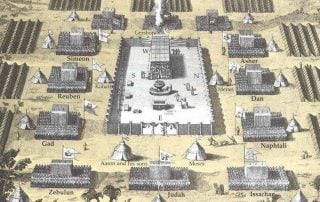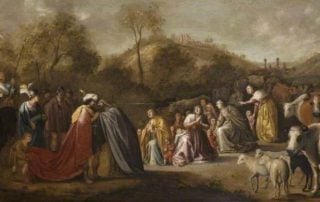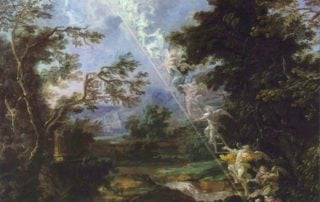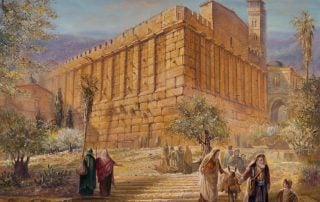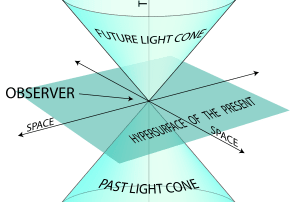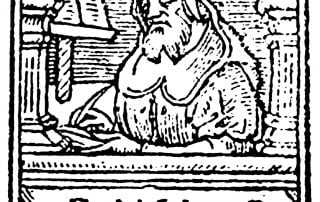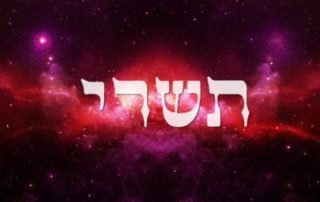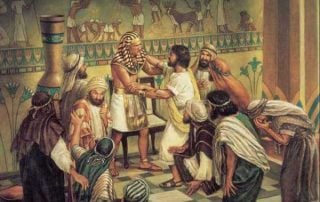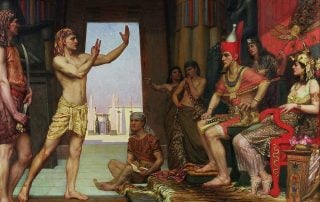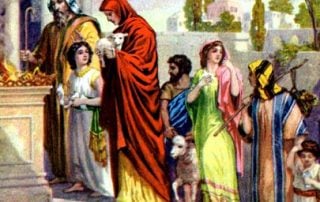Torah – Five Books of Moses
Ye shall be disentangled… but not disengaged
In my post, “Ye Shall be Disentangled,” I suggested that the verse: “Ye shall be holy, for I, the Lord, your G‑d, am holy” (Levit. 19:2) may be interpreted as: “Ye shall be disentangled, for I, the Lord, your G‑d, am disentangled.” I supported this proposition with the quantum monogamy principle (a.k.a. monogamy of entanglement) according to which, if two objects are entangled, neither of them can also be entangled with a third object. Consequently, if we wish to be entangled with G‑d, we cannot also be entangled with the material world, as it would violate the monogamy principle. Thus, we must disentangle from the world, i.e., be holly. One may legitimately object to this interpretation because, in Judaism, we do not have monasteries; we do not have monks, we don't withdraw from [...]

